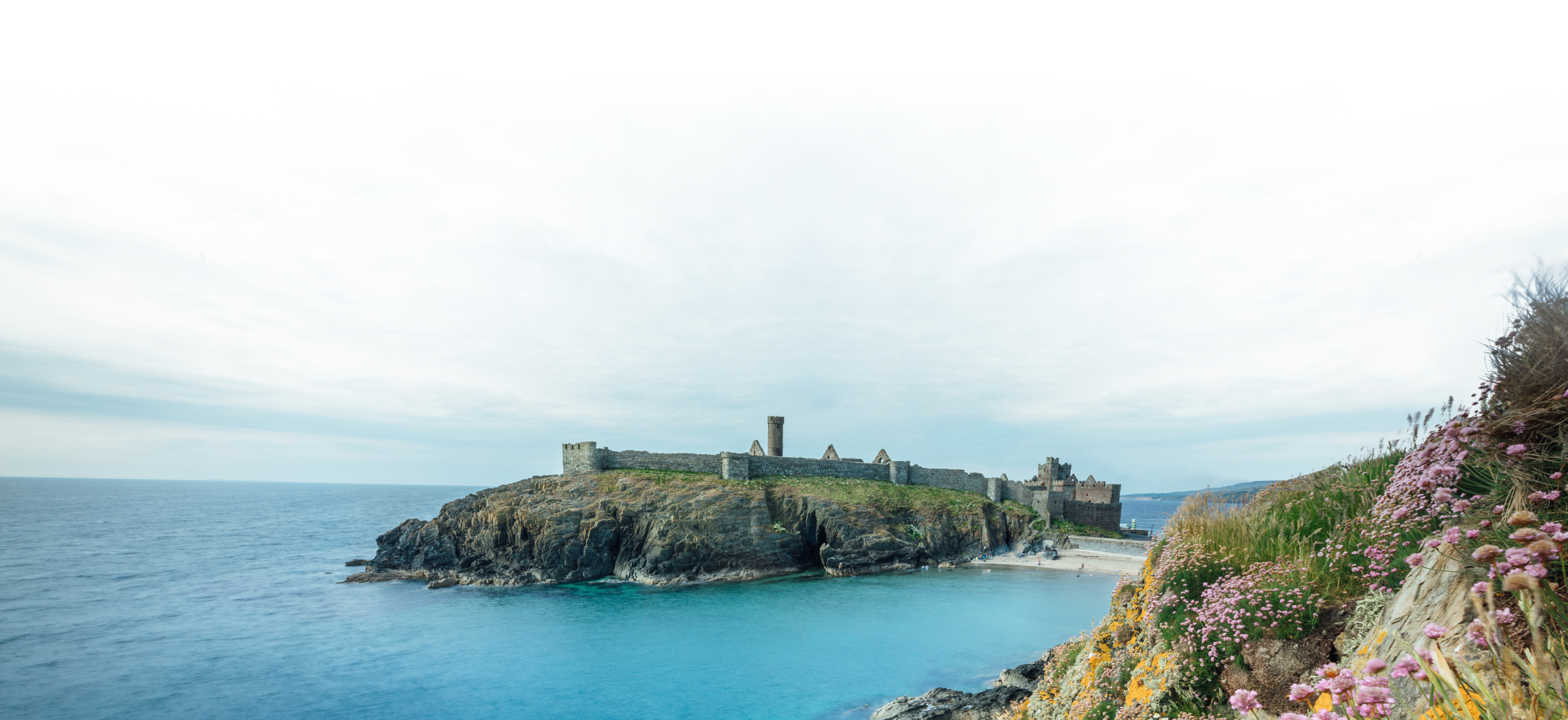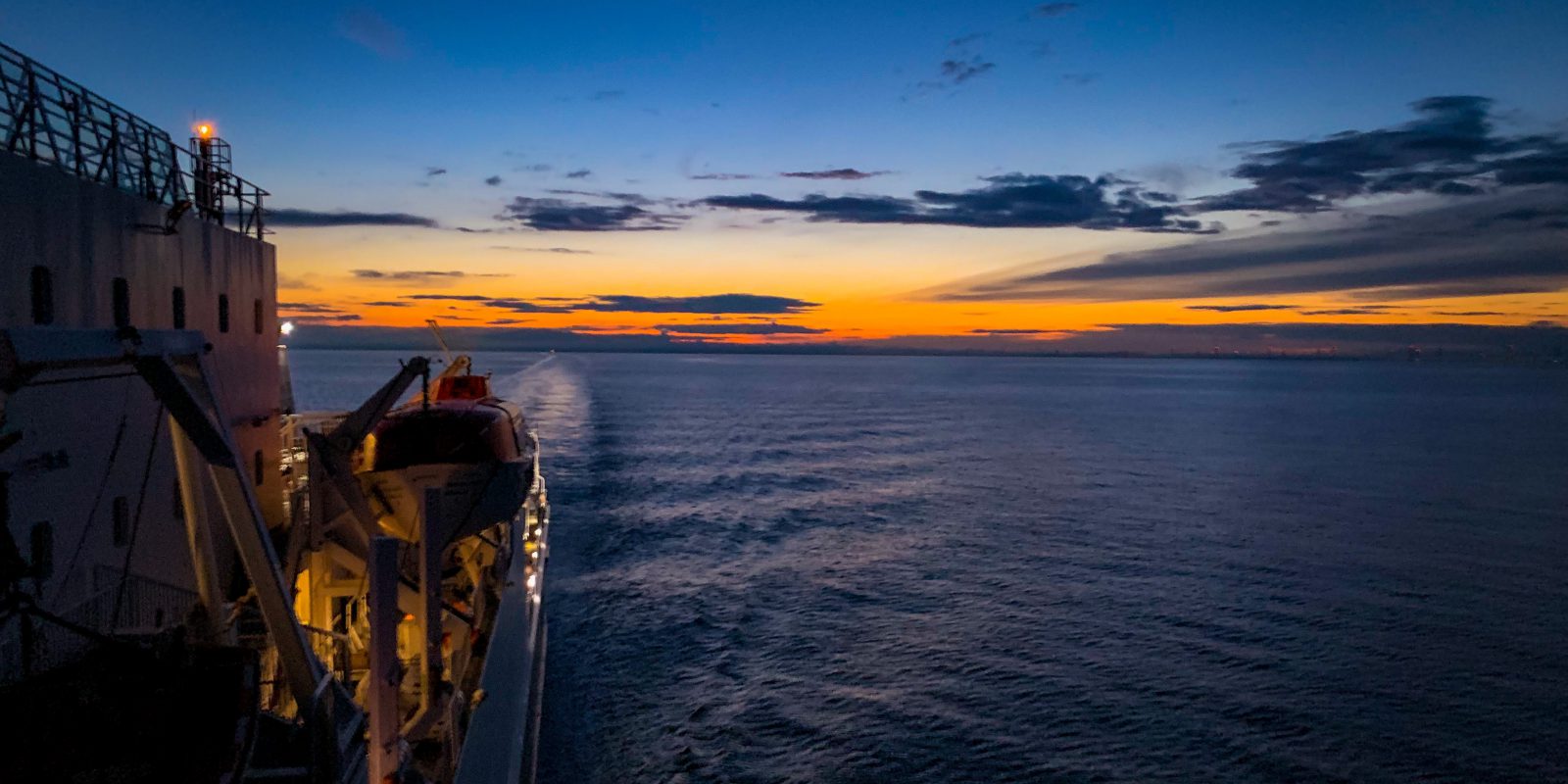In part one of this two-part blog series, we looked at the many different stages involved in planning, designing and constructing a new vessel. For part two, we are delving a little deeper to provide a further insight into the process.
As we move forward with the development of our new purpose-built vessel, Manxman, which will replace the Ben-my-Chree as our main port vessel when it comes into service in 2023, we are looking forward to keeping you up-to-date. From the length of time it takes to design and build a new vessel to the setbacks that can arise and the challenges we face, let’s get started.
How long does the process of designing and building a new ferry generally take?
Unfortunately, a new vessel cannot be built overnight. Generally, you are looking at a timescale of between two and five years depending on a number of factors such as vessel complexity, whether it is an ‘off-the-shelf’ design or bespoke, yard availability and of course the possibility of unforeseen delays.
As our vessel will be a bespoke design and custom-built, we are at the top end of the timescale, despite Hyundai Mipo Shipyard (HMD), our chosen shipbuilder, being one of the most highly automated shipyards in the world with the skills and capability to construct vessels incredibly quickly.
Why does it take so long?
It is a significant investment and large-scale project which takes time, resources and precise planning. People might assume it is the construction of the vessel which takes the longest when, in fact, it is the earlier planning and design stages that require a huge amount of preparation and time.
A problem that costs £1 to rectify on paper may cost £100 to rectify at build stage and perhaps £1,000 to rectify after build. Spending time getting it right at the design stage can save a lot of problems and unnecessary costs at a later date.
What kind of set backs can arise?
There are any number of setbacks that can come up along the way and affect progress. These are generally out of the buyer’s and builder’s control but, as they have the potential to impact the schedule of the project, they must be prepared for and carefully managed.
Of course, the COVID-19 pandemic is an unprecedented global concern which has the potential to affect the development of our new ferry, so plans and preparations have already been put in place to reduce this risk. It is also useful to be aware of and prepare for other potential setbacks, such as the time it can take to gain approval from relevant authorities, adverse weather and third-party supplier delay.
What types of specialist organisations does the buyer need to collaborate with?
The process of designing and constructing a purpose-built vessel is reliant on co-ordination with a huge number of specialist organisations, requiring careful planning and plenty of communication. Here is just a selection of the organisations involved in the process.
-
Basic Design: There are a number of different organisations involved in the basic design works, including naval architects and engineers, the ship classification society, flag state and of course the owner.
-
Interior Design: This is carried out by specialist marine designers, who have expert knowledge of shipbuilding and the relevant regulations.
-
Detailed Design & Construction: The shipbuilder has a team of around 100 people that will work on the detailed design of the vessel, who work closely with naval architects, engineers, and the classification society and flag state (in our case the Isle of Man Ship Registry). When it comes to the physical construction, between 2,500 and 10,000 people will be involved, from project managers to welders and pipe fitters.
-
Safety Considerations: The flag state oversees the safety aspect of the vessel, from design to build and entering into service.
-
Rules & Regulations: The classification society ensures the vessel’s hull and machinery meet all rules and regulations and that the vessel is built to the highest standard.
What are some of the main challenges the Steam Packet Company faces?
As with any major project, there are a number of challenges faced by the Company. One such consideration is the rules and regulations that may come into effect in the early years of the vessel’s operational life, which must be factored into plans in order to future proof it. Another is meeting the requirements of the Strategic Sea Services Agreement in terms of passenger and freight capacity in a vessel that will physically fit into the ports we operate to.
The project for the new vessel is still in its early stages but significant progress has already been made over the past 18 months and we look forward to keeping you up-to-date. For the latest updates, head to our New Vessel Progress blog, which will evolve over time.

Get the latest deals and offers
Join our mailing list to receive early-bird offers, exclusive deals and travel inspiration.
